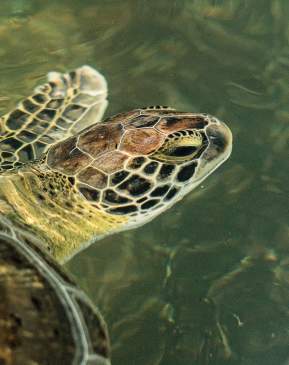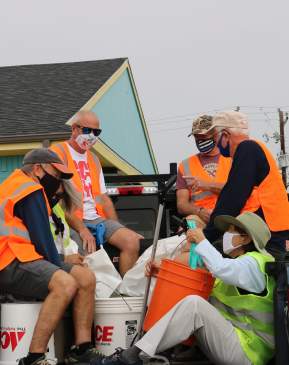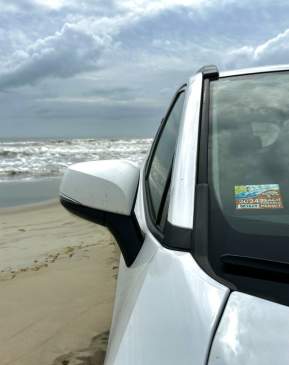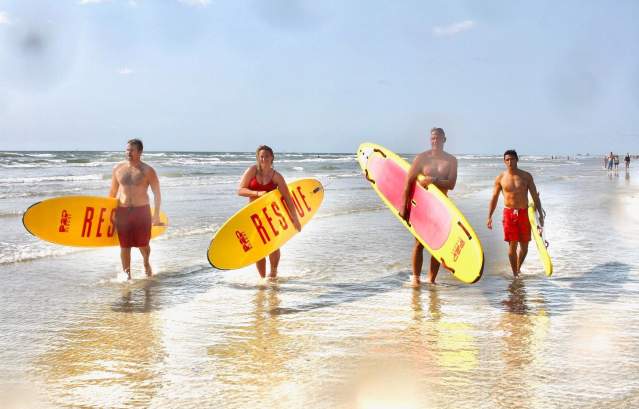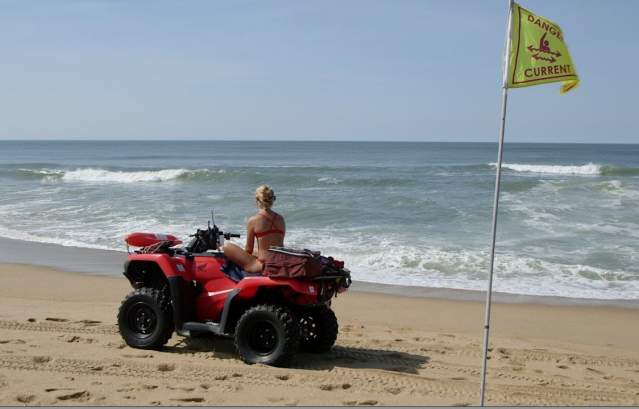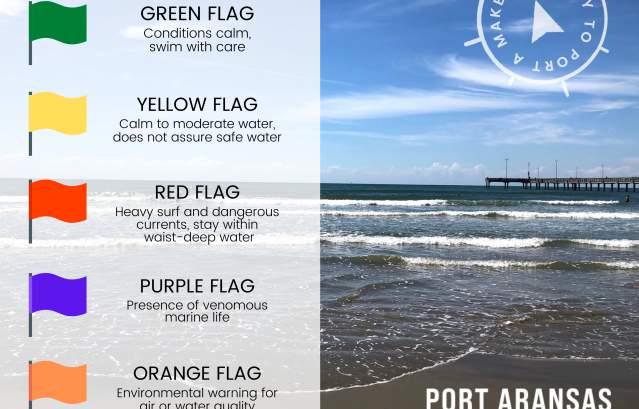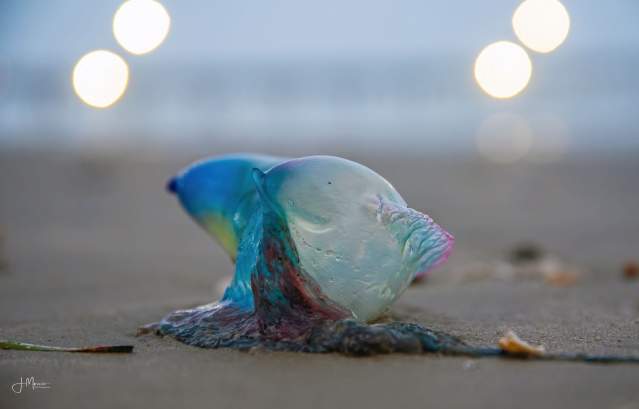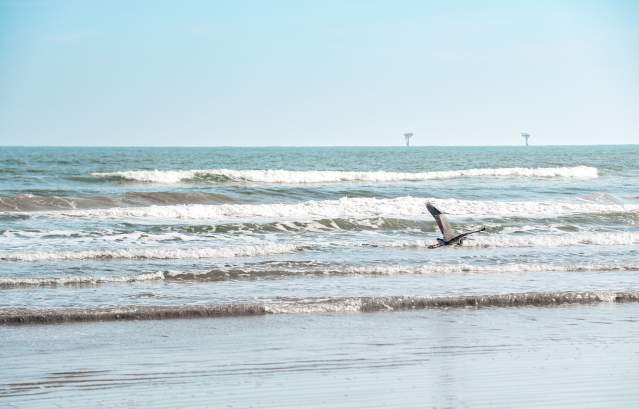Beach Rules
Laying down the Ground (Sand) Rules
As the saying goes, it’s all fun and games until someone gets hurt. While you will absolutely have the time of your life soaking in the sun on the beaches of Port Aransas, there is a general set of beach rules that guests are respectfully asked to follow for the protection of both the visitor and the environment.
For specific city beach rules, check here, and for I.B. Magee Beach Park rules, check here.
Safety
- Can you drive on the Port Aransas beach? Yes, the speed limit is 15 mph.
- Signage that shows current surf conditions is located at all City beach entrances. Look for the colored flag and the coordinating explanation.
- Pets are required to be on a leash at all times.
- Small fires no larger than 3 feet deep x 3 feet wide x 3 feet high are permitted on the beach. Fires must be completely extinguished prior to departure.
Environment
- No glass bottles or containers are allowed on the beach.
- Driving in the dunes is strictly prohibited.
- Take only memories, leave only footprints. Please dispose of all waste in designated waste bins strategically located along the beach.
- If you see a stranded or nesting sea turtle call the Turtle Hotline at 1-866-TURTLE5. If you see an injured shorebird, call the Amos Rehabilitation Keep Hotline at (361) 749-6793. Do not touch the animal under any circumstances.
- If you see any other kind of injured animal call the Port Aransas Police Department at (361) 749-6241. They can connect you with the proper resources to aid the animal. Do not touch the animal under any circumstances.
- In general, steer clear of all wildlife. Yes, this includes the seagulls—feeding them can be very harmful.
Beach Safety
Know Before You Go
Port Aransas is the quintessential island destination with wide, sandy beaches and warm water that begs for a swim. Before you do that, however, it's key to know best practices for keeping you and your family safe on your next beach day. This includes knowing about beach surf rescue, rip currents, the beach flag warning system, and more.
United States Lifesaving Association's Top Ten Beach and Water Safety Tips:
- Swim near a lifeguard
- Learn to swim
- Learn rip current safety
- Never swim alone
- Designate a water watcher
- Alcohol and water don't mix
- Feet first water entry
- Life jackets save lives
- Observe signs and flags
- Beat the heat and block the sun
Additionally, if you are on the beach with children, keep a close eye at all times. It's best practice to take a photo of the child with what they are wearing for the day in case of emergency.
To ensure maximum safety of guests and preservation of the beach environment in Port Aransas, there are also a set of beach rules.
Port Aransas Surf Rescue
Lifeguards are stationed at surf rescue towers at Marker E, F, 0, 3, 6, and 9. Surf rescue maintains watch daily during spring break and between Memorial Day and Labor Day. Watches are Thursday through Sunday from Labor Day to Halloween and from spring break to Memorial Day. Guards provide watch…
Bollards
- Bollards are poles that separate the driving lane from the recreational area. They are found between the south jetty and mile marker 19.
- Parking is only permitted on the roadside of the bollards. No driving is allowed inside the bollards except for the area to the north of the pier, in the county section.
- Some bollards have red painted tops; these mark NO PARKING areas.
- Some bollards have blue painted tops; these mark HANDICAP-ACCESSIBLE bathrooms and can be found just north of the Avenue G entrance and at Mile Marker 17.
Camping
- RV Camping, tent camping, and other non-self-contained camping are permitted anywhere on the beach.
- Only motorized vehicles are required to have a parking permit. Pull-behind trailers do not require a separate permit.
- Camping is prohibited within 25 feet of either edge of the obvious driving lane and in any location that would impede traffic or create an unsafe condition.
- Camping is also prohibited within 200 feet of any beach access road and within 50 feet of the water's edge.
- Tent camping is prohibited landward of the bollards and south of the last city-approved lavatory facility.
- No camping is allowed on the county portion of the beach, from the south jetty to mile marker E.
- There is a three-night limit for camping during any three-week period.
Rip Current Survival Guide
Rip currents are highly hazardous to swimmers, so before you get your feet wet, watch this video to learn to identify, avoid, and escape them.
Beach Flag Warning System
The flag system is designed to notify visitors of current water conditions and to advise regarding swimming safety. Flags are displayed at access roads.
Jellyfish and Man o' War
If you're stung by a Man o' War or a jellyfish, rinse with a concentrated vinegar solution before soaking the area in hot water for 45 minutes.
Stingray Shuffle
Do the stingray shuffle! Stingrays will only attack if threatened. To avoid being stung, shuffle your feet when you walk in the surf or shallow bays where they live.
Tar Balls
The presence of tar balls washing in on coastal beaches increases during the summer months. Tar originates from natural seeps throughout the Gulf of Mexico seafloor and breakdown naturally overtime. To clean tar off the skin, wash with Dawn soap and water, baby oil, mineral oil.





